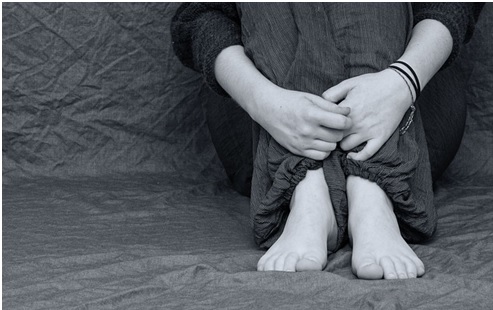There are many types of symptoms in a poor blood circulation. Wherein, a person’s lifestyle is affected and may, also, lead to severe complications. Remember, a good blood circulation is vital to our health. It is able to deliver oxygen and nutrients throughout the body. Furthermore, it is able to remove waste and toxins in the blood. During a poor blood circulation, there is failure in the flow of blood and leads to a blockage of the arteries. Such is very bad for the vital organs like the heart and brain, which depends on receiving the nutrients to function effectively. At this point, we can say that having a good circulatory system is vital to our body. A lot of products in the market are being sold that helps in maintaining good blood circulation [click here to visit the site].
There are several causes for poor circulation. To name some them are the poor diet, age, lack of exercise, general health and hereditary factors. For a fact, a poor blood circulation can result to a number of health complaints like cramps, Raynaud’s Syndrome, memory loss, lumps in blood vessels and varicose veins as well as tinnitus. It is vital to take note of the signs of a poor blood circulation and know how to avoid such symptoms.
1. Numbness and tingling in the hands and feet
A popular common symptom of a poor blood circulation is the numbness and tingling in the hands and feet. During the time the flow of blood is blocked and blood cannot be delivered to the extremities, a person may experience pins and needles in the hands and feet.

2. Cold extremities
A prevention of blood flow may lead to cold hands and feet. During the time blood is not able to flow properly, there can be temperature fluctuations in the extremities of the body.
3. Swelling
Furthermore, when there is poor blood circulation, fluids built up in particular parts of the body. Such phenomenon is known as edema. Most of the time, it takes place in the legs, ankles and feet. Also, edema can indicate heart failure. It may happen during the time the heart fails to circulate a suffice amount of blood throughout the body. In the lower extremities, edema may occur, because of a blood built up in the said areas. Pressure is gained, which enables the fluid from the blood vessels to build into the tissue areas.
The symptoms of edema may be stiff joints, heaviness and swelling, pain in the areas of concern as well as tight and warm skin. When a person who have edema presses on the area of concern, there can be an indentation in the swollen skin. Moreover, during the time there is fluid in the abdomen, it is known as ascites. Poor blood circulation and liver cirrhosis can happen.
4. Cognitive failure
When there is poor blood circulation, the brain can malfunction and have memory loss as well as difficulty of focus. Cognitive failure can happen from particular changes in the blood pressure, a poor blood flow to the brain and a poor amount of blood circulating the body.
5. Digestive constraints
Digestion depends on a good blood flow. When there is a poor blood circulation, fatty matters may build up in the lining of blood vessels in the abdominal area. Digestive problems pertaining to poor blood flow can be bloody stools, constipation, cramping, diarrhea and abdominal pain.
6. Experiencing Fatigue
When there is poor blood circulation, your body’s energy levels can be affected. It will lead to fatigue. Also, during a poor blood flow, the heart pumps harder, which can lead to more fatigue.
7. Joint pain and muscle constraints
Furthermore, a poor blood circulation can lead to pain in the extremities of hands, legs, arms and feet. A cold hand and feet can be painful, which may take place as they commence on getting warm and blood flow returns. A poor blood flow in the legs and arms may also lead to an aching sensation including the calf muscles. This kind of pain in the legs is most specially to take place during sitting or standing for a longer period of time. Also, during poor blood circulation, the oxygen and nutrients cannot be delivered to the body, which can lead to stiffness and cramping.
8. Skin color alteration
During the time there is a poor amount of arterial blood delivered to the body’s tissues, the skin may suffer from color alteration. It may appear pale or blue. When blood leaks from capillaries, skin may appear purple. The areas that can be discolored are feet, nose, nipples, lips, hands and ears.
9. Leg ulcers
A poor blood circulation leads to a failing ability to heal in the body. It may lead to leg and feet ulcers. Such type of pain can develop, when there is accumulation of blood in the veins of the legs. It may result to swelling in the skin.

10. Varicose veins
A poor blood flow can lead to varicose veins appearance. These varicose veins prevent blood to return to the heart.

HEY ! I’m Nil (Founder of OnlineDrifts.com), Digital Marketer, Affiliate Marketer and a blogger writing about blogging tips, SEO, Tech Tips etc.
